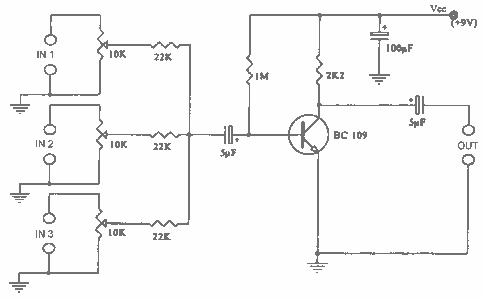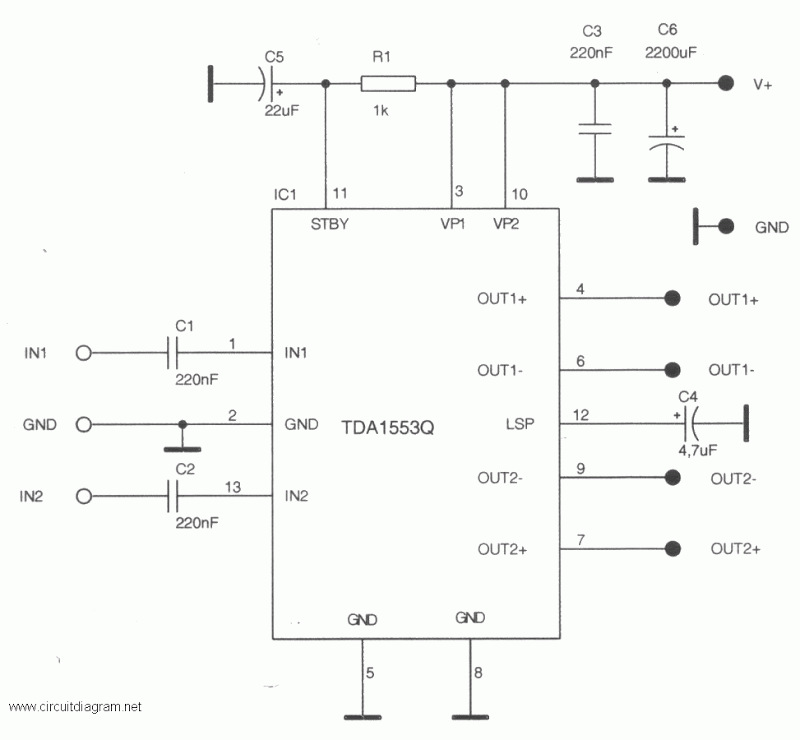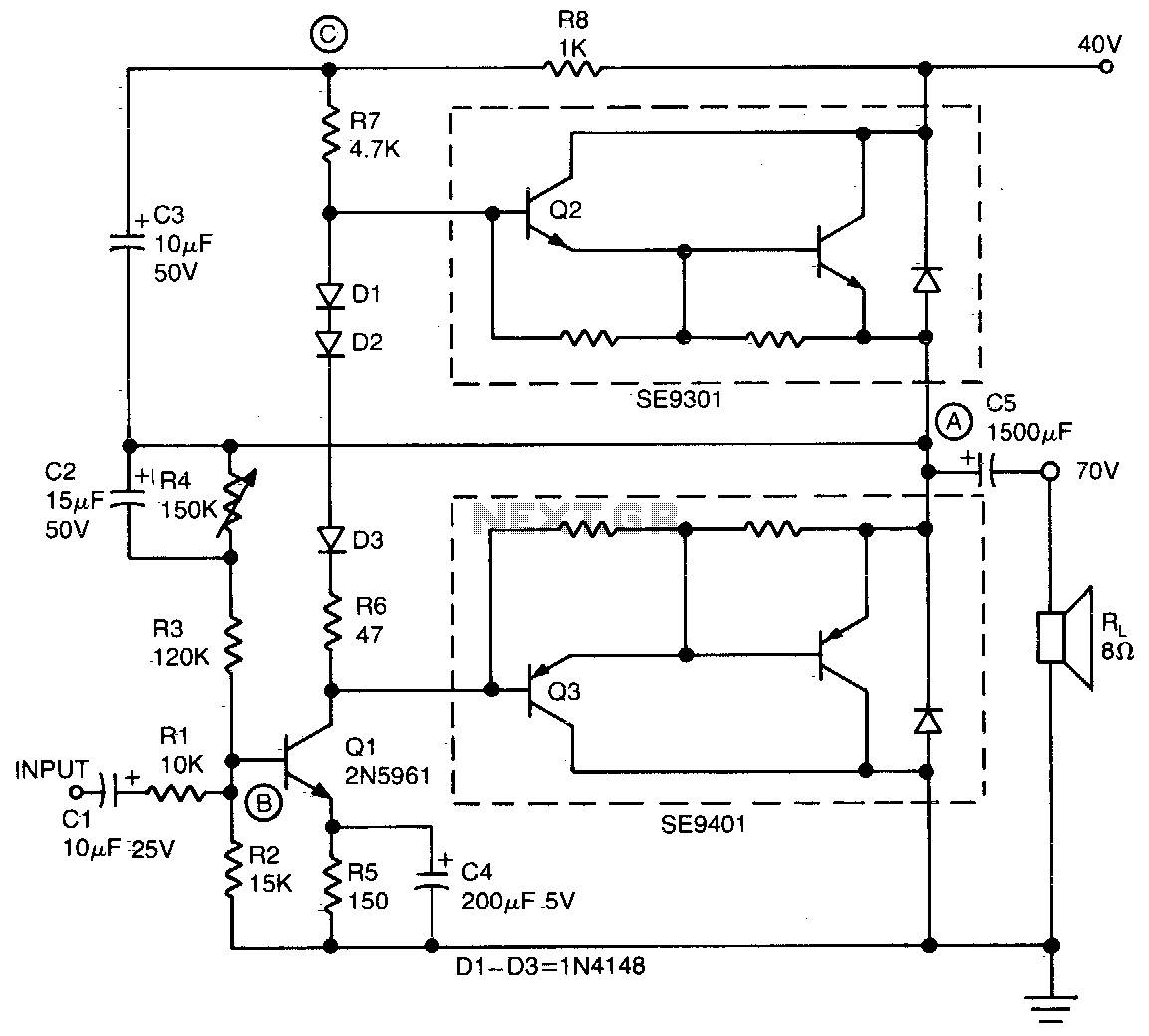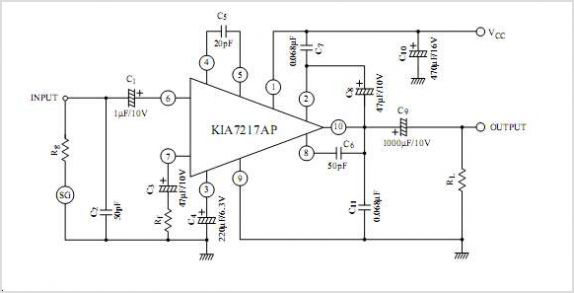
3 input audio Mixer

This project is a 3 or more lines mixer. For more than 3 inputs you can repeat the input parts (P=10K R=22K). It powered with 9Vdc.
The described project is a multi-channel audio mixer designed to handle three or more audio inputs. The circuit utilizes resistors and potentiometers to manage the audio signals, allowing for individual control over each input line. The primary components include a potentiometer (P) with a value of 10K ohms and a resistor (R) of 22K ohms, which are used to adjust the gain and mix levels of the audio signals.
Each input channel can be configured by replicating the input section of the circuit for additional channels, making it scalable for various applications. The mixer operates on a 9V DC power supply, which is suitable for low-power audio applications. The circuit may include additional components such as capacitors for filtering and transistors for buffering, depending on the desired audio quality and output characteristics.
The output of the mixer can be connected to an amplifier or a recording device, facilitating a seamless integration into audio production environments. The design is straightforward, making it accessible for hobbyists and professionals alike, and is ideal for small-scale audio mixing tasks. Proper grounding and layout considerations should be taken into account to minimize noise and ensure optimal performance of the mixer.This project is a 3 or more lines mixer. For more than 3 inputs you can repeat the input parts (P=10K R=22K). It powered with 9Vdc. 🔗 External reference
The described project is a multi-channel audio mixer designed to handle three or more audio inputs. The circuit utilizes resistors and potentiometers to manage the audio signals, allowing for individual control over each input line. The primary components include a potentiometer (P) with a value of 10K ohms and a resistor (R) of 22K ohms, which are used to adjust the gain and mix levels of the audio signals.
Each input channel can be configured by replicating the input section of the circuit for additional channels, making it scalable for various applications. The mixer operates on a 9V DC power supply, which is suitable for low-power audio applications. The circuit may include additional components such as capacitors for filtering and transistors for buffering, depending on the desired audio quality and output characteristics.
The output of the mixer can be connected to an amplifier or a recording device, facilitating a seamless integration into audio production environments. The design is straightforward, making it accessible for hobbyists and professionals alike, and is ideal for small-scale audio mixing tasks. Proper grounding and layout considerations should be taken into account to minimize noise and ensure optimal performance of the mixer.This project is a 3 or more lines mixer. For more than 3 inputs you can repeat the input parts (P=10K R=22K). It powered with 9Vdc. 🔗 External reference





